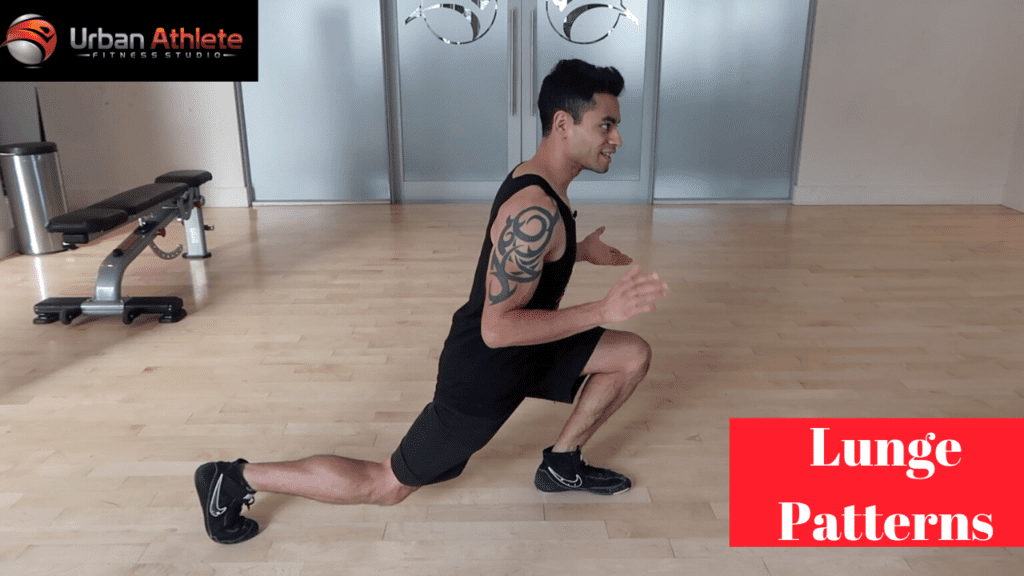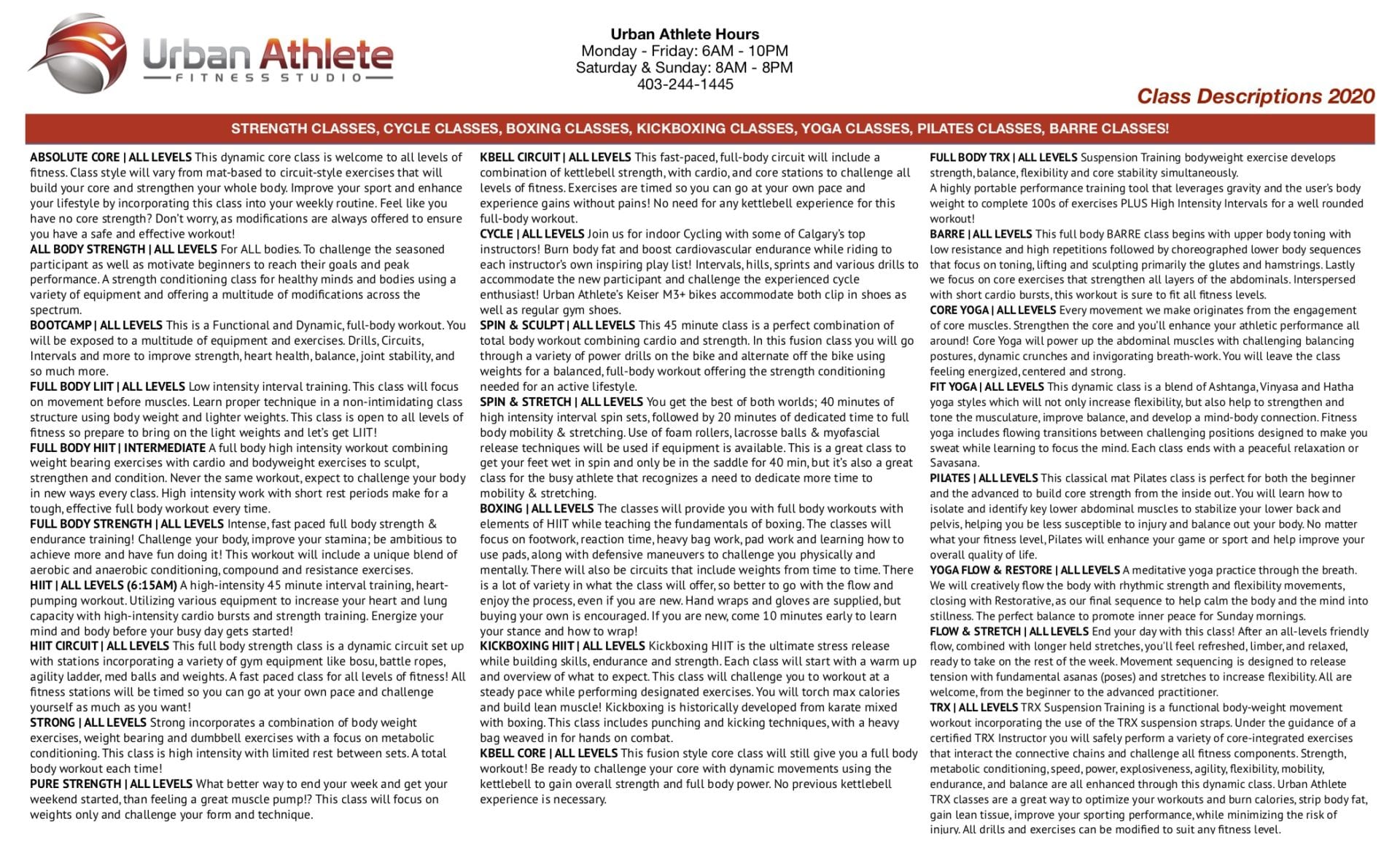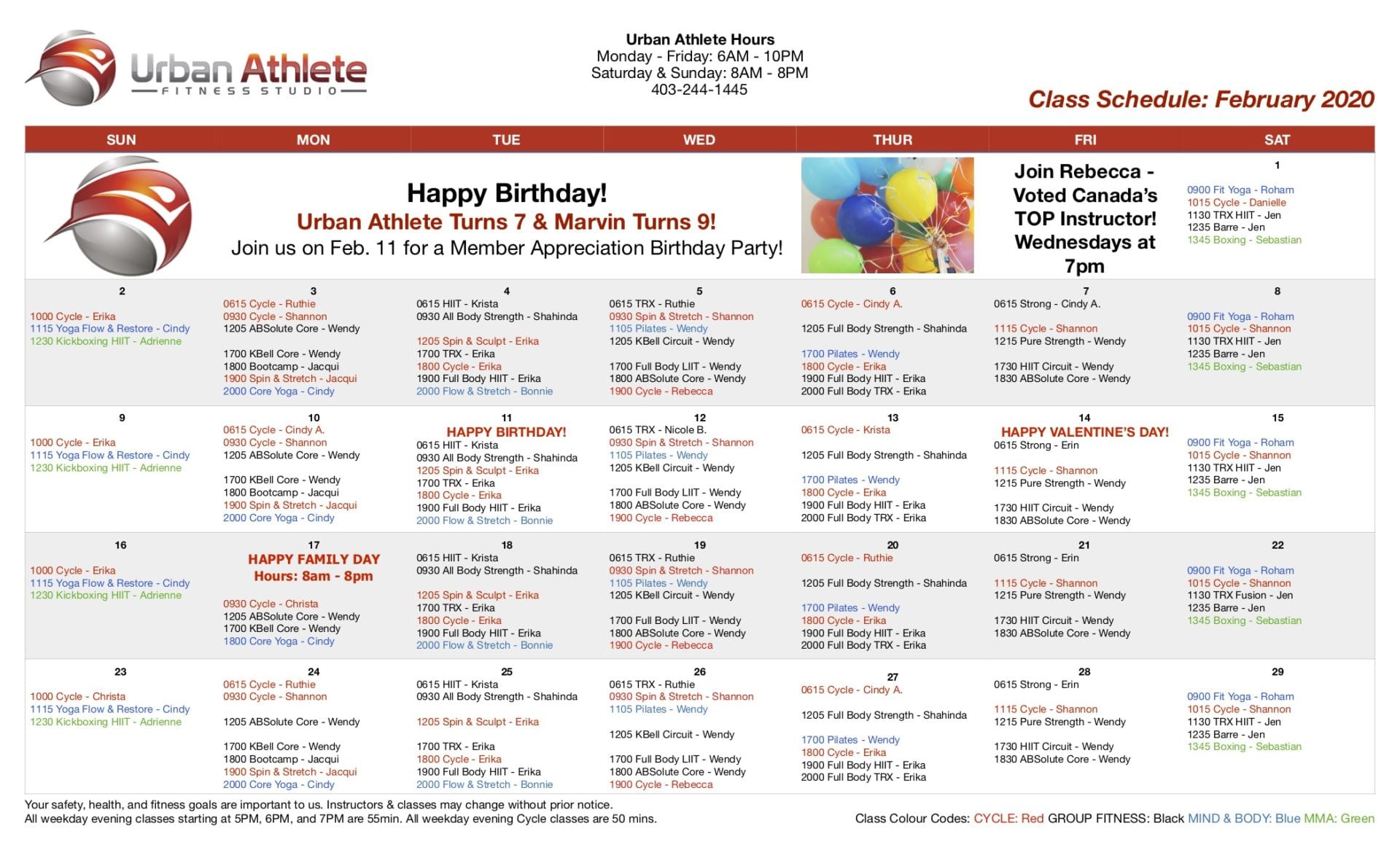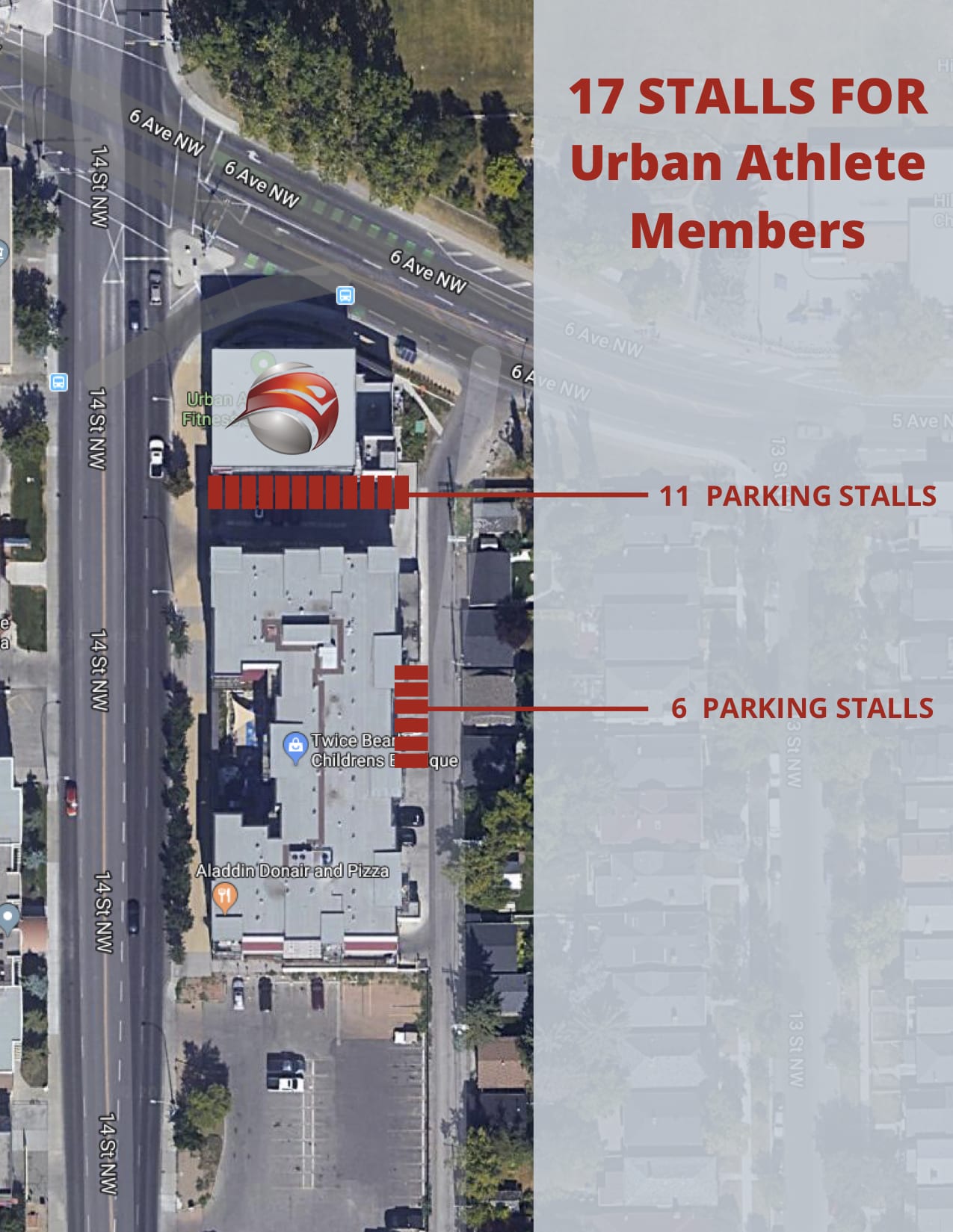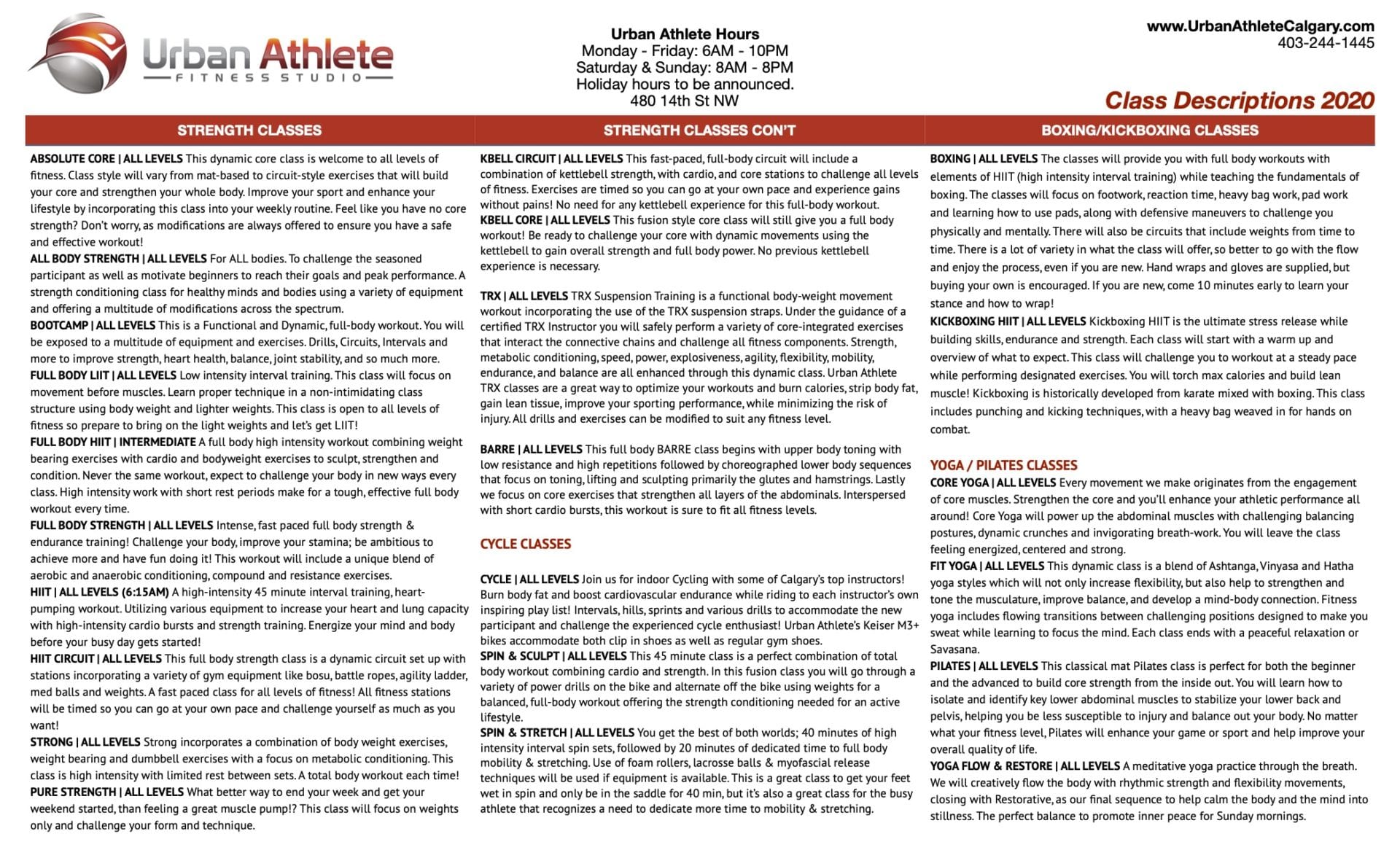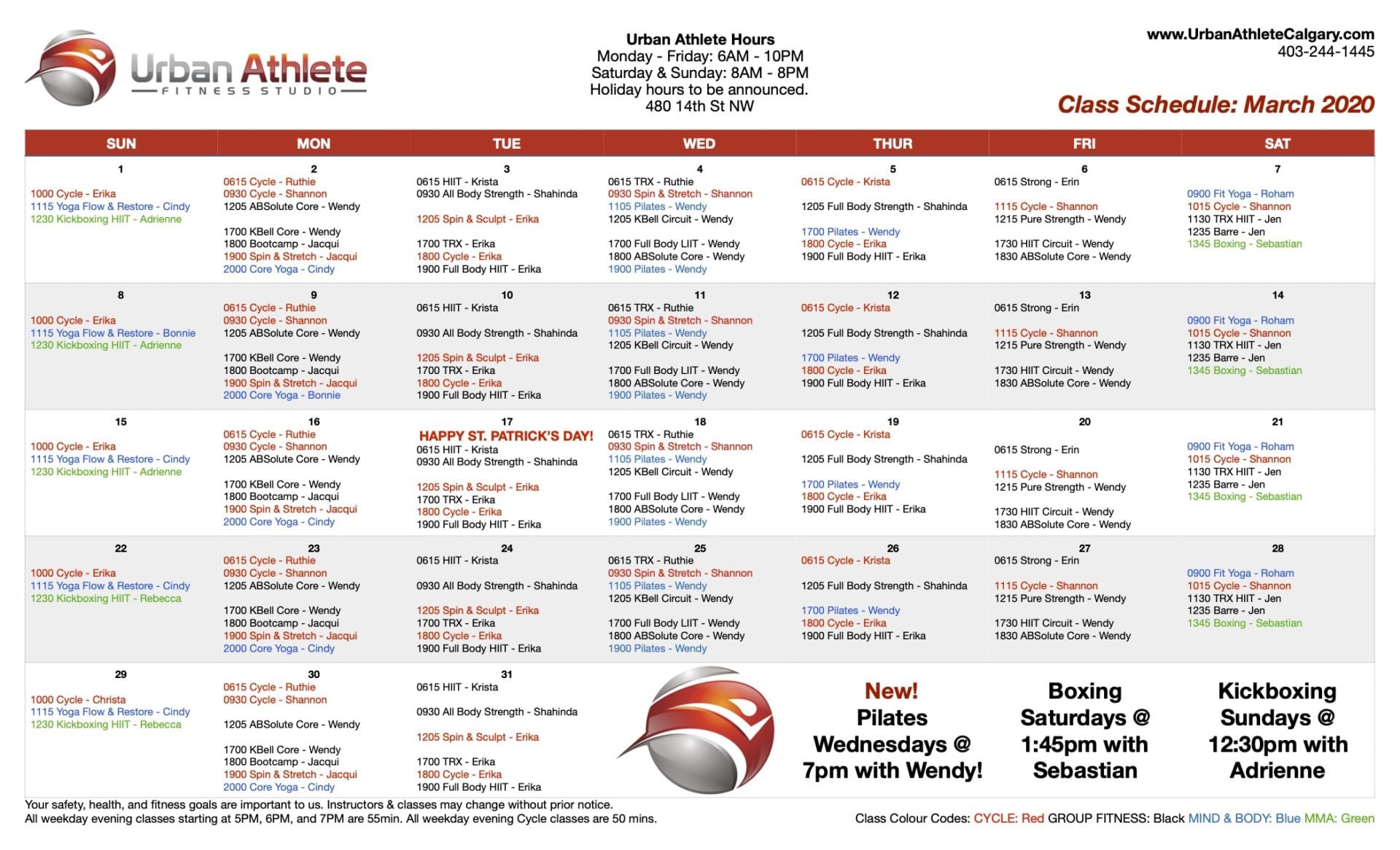In this video & accompanying article, Urban Athlete Personal Trainer Alejandro, brings us through lunge patterns and some misconceptions we may have about lunges. Feel free to reach out if you want any more direction on your lunge patterns!
Can you imagine if we jumped around like frogs, leaping from point A to point B? That would be pretty interesting to say the least, it certainly takes potato sack racing to a whole other level.

I have grown to enjoy the back squat or front squat over the years, but you have to admit, for everyday living and movement of our bodies, it really isn’t THAT functional for us. Hear me out, squats are still functional as we lower and bend down to pick stuff up all the time, and it is a great exercise for vastus lateralis activation (VL,) vastus medialis (VM,) biceps femoris (BF,) and glute medius activation (Gmed.) In other words, squats work our hamstrings, quadriceps, and our glutes.
But if you look at all the various sports out there, like badminton, tennis, football, hockey, and fencing, you’ll see that a unilateral squat is what is most functional for those sports. Even with everyday living, going up stairs to just walking and running, it is unilateral movement, one foot in front of the other that propels us forward.
With unilateral squatting (lunging,) you get slightly different loading patterns depending on how your joints move. For starters, depending on the exercise, you will likely recruit more Gmed and VM along with your adductors (the inner thigh,) depending on the knee flexion to hip flexion ratio that is. You also challenge your proprioception and thus, work on your balance, stability, and core (a topic for another time.) So despite the exercise selection, how you execute the exercise will lead to different muscles activating. But before I get into the exercise selection and the kinds of unilateral squatting techniques, I feel I need to talk about how to execute the lunge, and dismantle the myth that many people have been fed.
When you first learned the lunge, what were you told? I bet it was vertical shins, don’t let your knee go past your toes, and a straight extended spine. A “90/90” lunge if you will. So funny enough, while stress of the knee does increase with continued flexion through your knees and ankles, hip activation increases a ton when you maintain a straight spine and hip with that 90/90 in mind. Also, the supporting leg, the back one is not fully stable as you are on your toes versus a flat foot, so you actually end up stressing that knee out. It begs the question, what is correct?
Let me start by saying that it is OK for your knees to go past your toes. Look at some athletes, like a fencer or a sprinter. Granted, some fencers are straight through their tibia/fibula with some minor ankle flexion, but not all of them. Camillo Agrippa, the famous architect, wrote about lunging and movement in the book Treatise on the Science of Arms, which was published in 1553. He wrote about combat in relation to fencing, and discussed the mechanics of the lunging technique for the fencer, along with evasion and so forth. The famous fencer Capo Ferro, popularized the lunge and the lunge arm in fencing as well outlining the “perfect lunge” at the time.

Sprinters are flexed quite a bit through their knees and ankles as well. They have around 10 seconds or so to run as fast as possible, so for maximal loading, they start eccentrically loaded. When you flex your joints, you are stretching your muscles as you prepare to contract them. So if you think about working out your muscles and doing damage to them so that they grow to become stronger, longer and thicker, you want to challenge them to their full length. This will vary on your current range of motion (ROM,) but challenging it with the exercise in mind will only benefit your continued progressive overload.
Your hip flexion plays a role in eccentrically loading your muscles as well. The idea that your spine has to stay upright and totally vertical isn’t really ideal. What ends up happening is your hip extensors stretch excessively, with activation of your VL on the supporting leg, so the activation ends up falling on the supporting leg rather then the lead leg. Unilateral leg movements prioritizes the one leg, so why do we harp on this vertical spine? However, hinging just a little bit challenges your core activation a bit more, you will thus stretch your hamstrings and glutes further, and you release pressure from your lower back. Keep in mind that an excessive forward lean for example would be hinging so your torso practically touches your thigh as you lunge. This would be a bit much. If your hamstrings tighten but you hinge beyond, you end up compensating and will then be forced to flex through your lumbar spine. Not too hot to trot I’d say.
So why was it taught to so many people, and continues to be taught to this day? The reason the 90/90 is taught is because in group exercise situations, it gets to the point quickly rather then taking the time to go through it for each person. A common lunge pattern I see when someone tries to flex at the ankle is that their heel rises off the ground. Now, under load, that can cause stress on the knee, so that is part of why the 90/90 is taught. Considering some places have class sizes of 30+, to teach it simply does make sense for both the practitioner/teacher and the participants. However, it is also why it is good to seek advice and guidance from a coach or trainer if you aren’t sure.
OK, the types of unilateral movement patterns are as follows:
Static w/Support
Static Lunges

Split Squats

Static Unsupported
Single-leg Squats

Pistol Squats

Step-ups

Dynamic
Reverse Lunges

Forward Lunges

Side Lunges

There are plenty more of each kind, like the ever popular walking lunge, that would be considered a dynamic movement. Same with skaters, lateral single leg hops, forward single leg hops, single leg box jumps, and so on.
If you are an athlete, a lot of the dynamic movements will be more beneficial for you as it reflects the dynamics of the sport you perform. A tennis player may lunge forward with a backhand by the net, then be forced to revert back to a better position for the next play, so forward lunges are good to train as pushing off the lead leg reflects the return. Skaters and side lunges will be helpful if you skate short track, long track, or play hockey.
The unsupported work is good for those that hike and climb as you have situations that require a push off the lead leg with no other support. I had a boulder route I climbed the other day, and I was forced to push off one leg while staying as close to the wall as I could. It was tough, and sure squats can give me a similar boon, but the balance and stability of single leg work made a difference there.
Supported work is great for hypertrophy as you can keep constant tension on your quadriceps, hamstrings, and glutes, with a good tempo to boot. Walking lunges are the exception, because of the proprioception and the challenge to your joints and muscles.
The benefits to single-leg patterns are large, but to name a few they would be:
- Increased ROM
- Increased eccentric loading of muscles
- Improved balance and coordination
- Improved stability and core strength
- Great to do if you have low back pain
So give them a try and stay safe of course as you lunge to your heart’s content.

